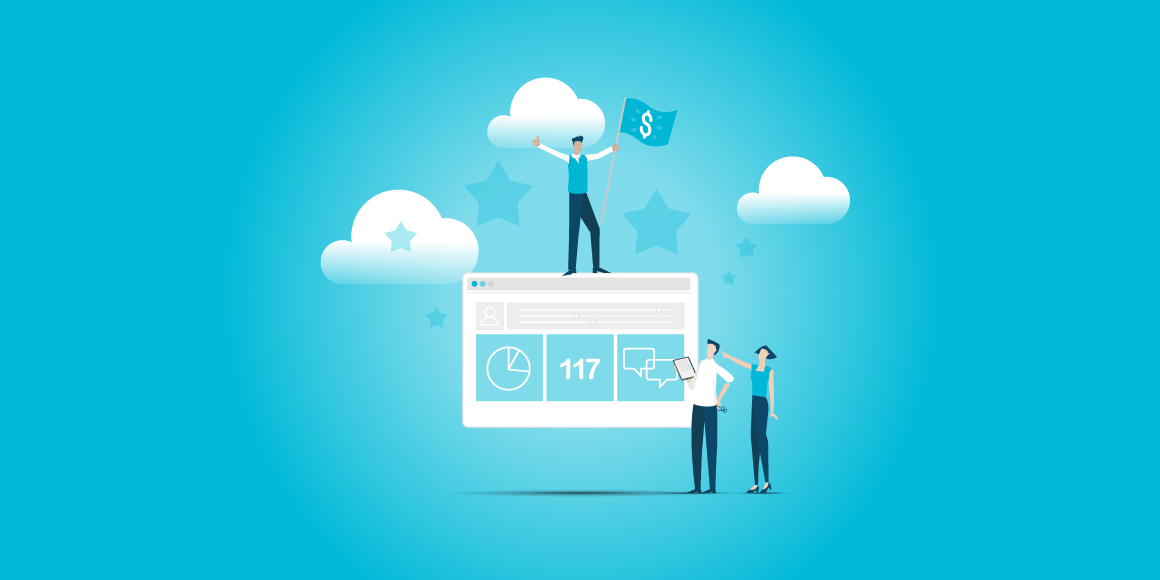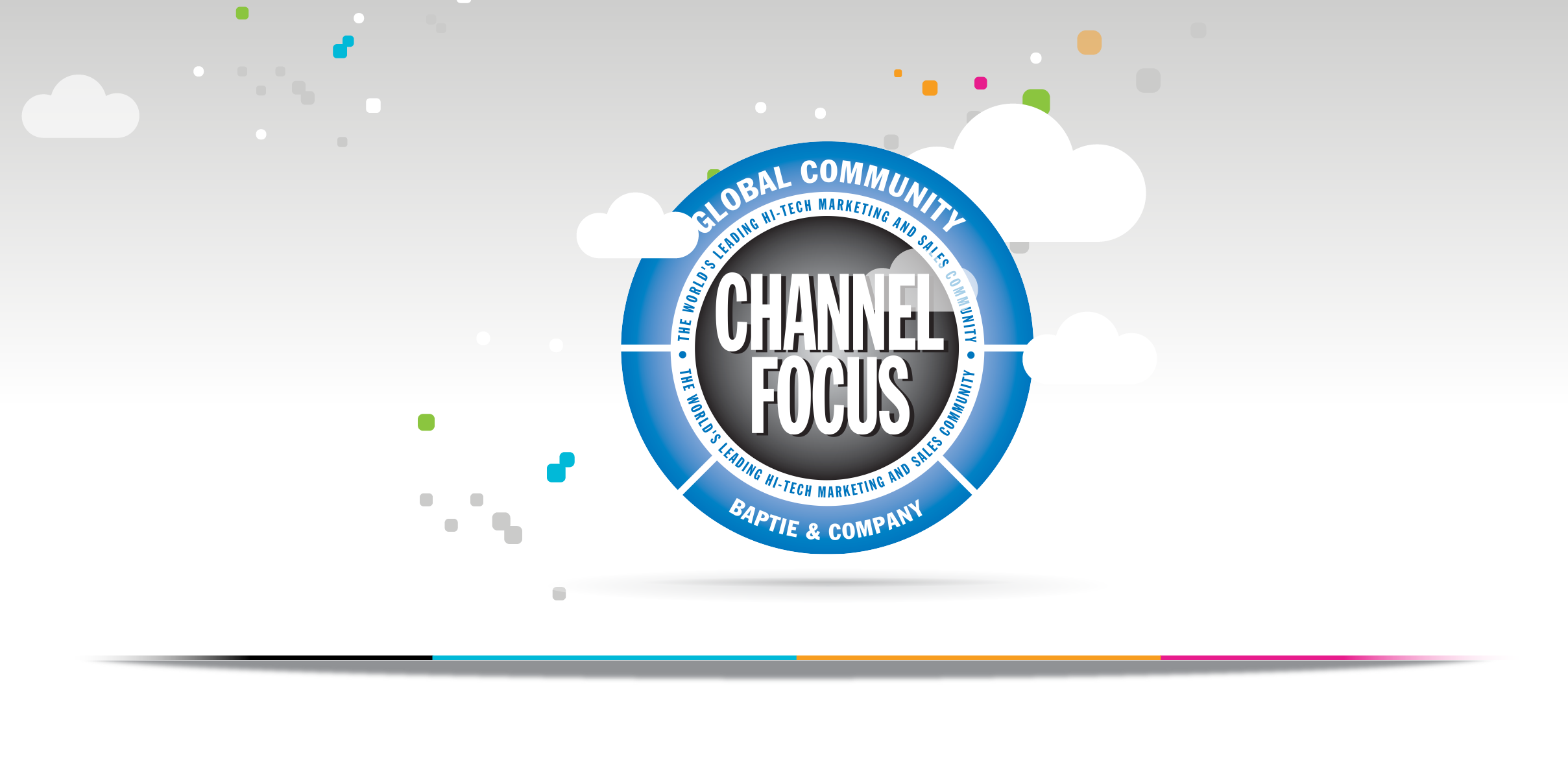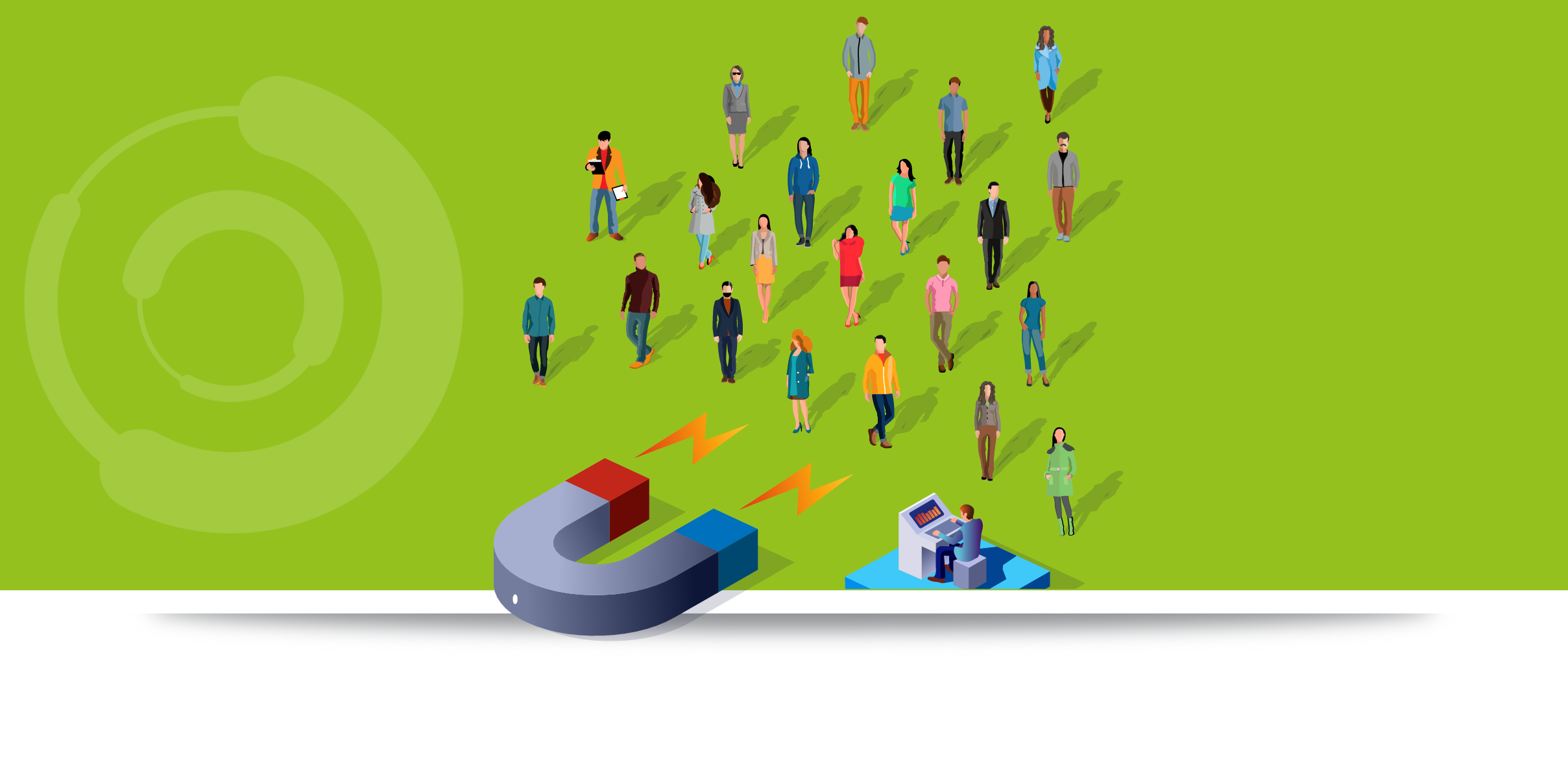The 360 team had the opportunity to attend the Forrester B2B Summit North America in Austin, Texas for 3 days of in-depth sessions from esteemed marketing, sales, and product leaders with the goal of aligning growth strategies with the latest marketing research. It was an informative and inspiring week filled with industry insights and new ways of thinking.
Here are our key takeaways from Forrester B2B Summit 2022.
Prioritize Buyer Groups and Signals:
It’s time to rethink the approach to marketing qualified leads (MQLs) and place greater emphasis on understanding buyer groups and signals. It’s common for signals and buying groups to be largely ignored at the expense of MQLs.
The fact is, lead-centric strategies can cause blindness to valuable insights from interactions, buying group relationships, and additional market opportunities. For instance, have you considered whether different personas within a buying group are consuming different content, or consuming the same content? Each observation paints a different picture, leaving sales teams to make sense of it all. If prospects are consuming different content, it’s possible their needs are vast or they’re unsure what exactly they’re looking for to solve their pain points. On the other hand, if they’re consuming content specific to say MDF/Co-op, they’re probably looking for particular solutions at that point in time. By failing to examine trends and patterns, you also risk limiting opportunities by creating them with only one person rather than the buying group as a whole – again, causing blindness to potential opportunities.
The key is to focus on buyer groups and ALL incoming signals from an account. Consider packaging up all personas within the buying group and then analyze the trends that will help sales succeed in providing the best service and consideration.
Focus on a Customer-Centric Strategy:
Customer obsession should be at the heart of your perpetual business orientation, placing prospects and customers at the center of leadership, strategy and operations. Customer centricity not only maximizes value for the customer, it maximizes value for your organization as well. Organizations can start by assessing the current level and approach to “customer obsession,” and define areas of improvement. Here are the 5 stages to customer obsession are below. Where do you land?
● Naïve
● Aware
● Engaged
● Committed
● Obsessed
Once organizations have an idea of how customer-centric their efforts are and a plan for growth, operational levers (technology, structure, culture, people, metrics and processes) can be used to effectively execute and measure the changes that have been made. In addition, as you create the mapping for the buyer/customer journey, it’s important to make decisions from the perspective of the customer. Understand the points when new knowledge needs to be obtained and help to identify where that knowledge will come from (individual/marketing material/recorded training material). This will help to ensure that the model is not simply created based upon internal needs and requirements but will help ensure that mapping keeps buyers/customers engaged and also meets internal needs. And from a content standpoint, it’s crucial to think about the content experience.
Highly contextualized experiences will better answer the needs and wants of users, through hyper personalization, sophisticated sensors and signals mentioned above.
Understand Your Audience and Maintain Alignment:
In order to truly drive success across your organization, two shifts need to happen. One is moving from Sales or Product led organizations to an Audience led organization. This isn’t to say that organizations should scrap the focus on driving sales or letting our customers custom-build each solution, but it means understanding the market and customers and working with them to create a roadmap that helps alleviate problems they’re already anticipating dealing with in the future. The second is driving strong alignment across Product, Marketing, and Sales efforts. Ensuring that all departments are aligned across goals and in regular communication will help drive success in an audience-led organization. In addition, more focus should be placed on marketing efforts during the entire sales cycle. Specifically, based upon the stage of the deal, think about which marketing strategies should be used to propel deals forward alongside the individual conversations that the sales rep is having.
Be a Catalyst for Change:
Many organizations place authority at the center of change but that’s not always the case. EVERYONE can instigate change, big or small. What’s most important is leveraging strengths and defining change personas including:
● CHANGE CATALYST (precipitates change) – Articulates the new idea; challenges and creates positive tension; creates conditions for change, but does not lead it.
● CHANGE LEADER (drives change) – Defines the vision and desired end state; inspires and guides; creates conditions for change.
● CHANGE MANAGER (executes on change) – Translates the vision into action and focuses on tasks; handles the details; propels change forward.
Four Hacks to Being a Change Catalyst:
- Open the heart first - rewire your thinking to escape bias and comfort zones.
- Inspire Others – Switch your mindset from “What’s in it for me?” to “What’s in it for {X}?” – be more audience-centric
- Become a force multiplier – take your ideas and expose them to different perspectives. “Don’t be an island with your idea.” Instead, empower your idea through different viewpoints; engineer it.
- Challenge how you seek/see things - Hold yourself accountable, and connect with others.
Interested in learning more about current channel trends and insights? Learn how to better support your channel players and enable performance optimization of your go-to-market strategy.
Or click here to learn about 360insights.



